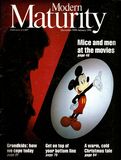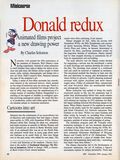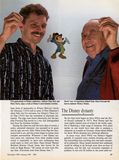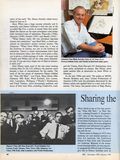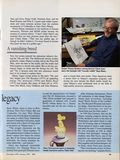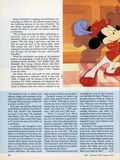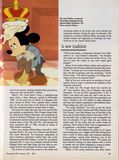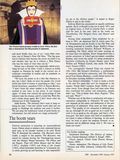November 13th marked the 50th anniversary of the premiere of Fantasia, Walt Disney’s most daring experiment. Instead of using animation to retell familiar fairy tales or depict the antics of cartoon cats and mice, the Disney artists sought to blend music, color, motion, choreography and design into a new art form. Half a century later, Fantasia remains the apex of the animator’s art.
Today a series of box-office successes has reawakened interest in the animated feature, which seemed on the verge of extinction only ten years ago. Nearly a dozen new works are scheduled for release before the end of 1992; they range from the misadventures of a canine version of comedian Rodney Dangerfield to a retelling of the legend of Aladdin to ecological parables involving endangered species. Yet amid this flurry of production, artists and critics agree that Fantasia remains unique in American animation.
Cartoons into art
Fantasia was the culmination of an extraordinary era of discovery and exploration that had begun a dozen years earlier, in 1928, with Steamboat Willie, Mickey Mouse’s debut film. During the silent era, animators had made cartoons as casually as Mickey Rooney and Judy Garland put on shows in Busby Berkeley musicals. If an animated film was set at the North Pole, one animator would draw as many gags about snow and Eskimos as he could think of, then turn things over to the next artist, who added his own jokes. The results were often confusing, if not chaotic.
Disney changed all that. After his success with Steamboat Willie, the Silly Symphonies and animated shorts featuring Mickey Mouse, Donald Duck, Goofy, Pluto and others, he became determined to improve his films, sacrificing immediate profits for the long-term benefits of excellence. Disney himself had by then stopped drawing to concentrate his efforts on organization and storytelling.
[…]
